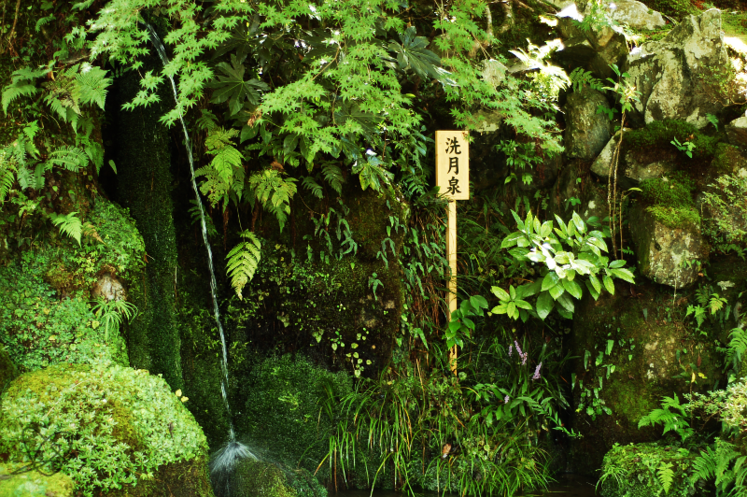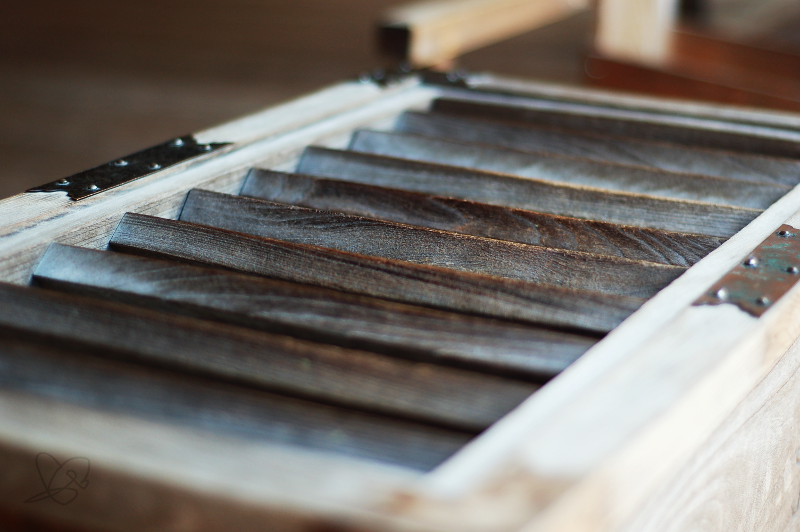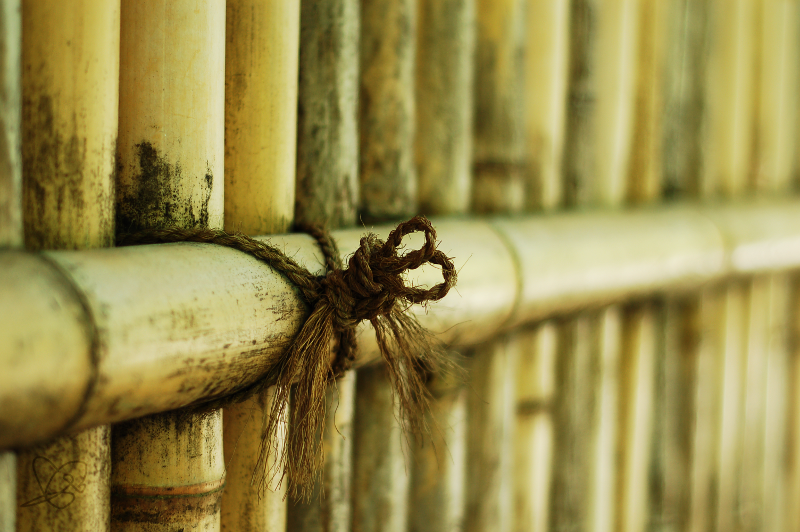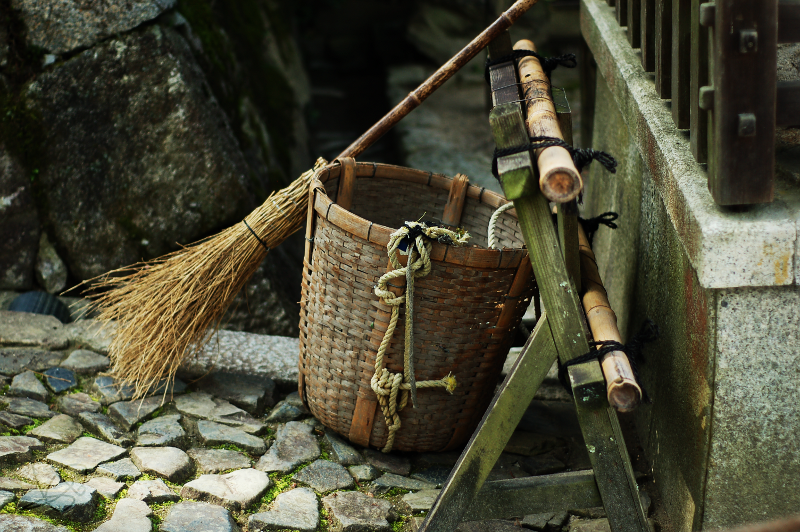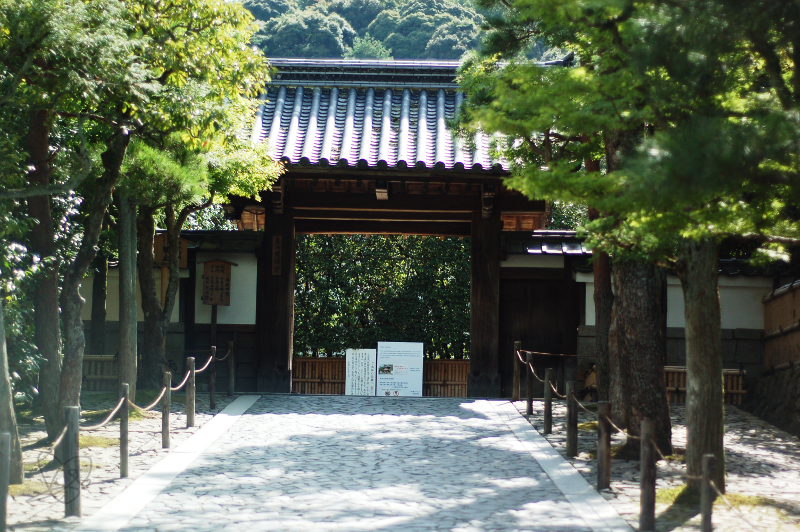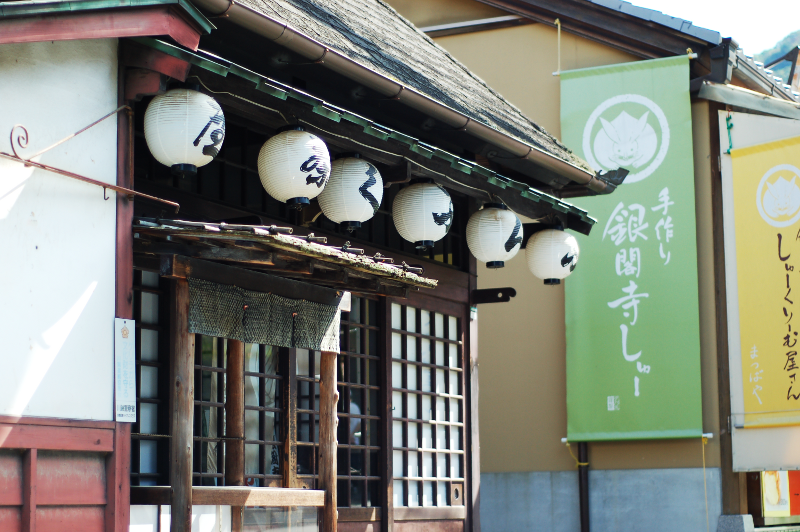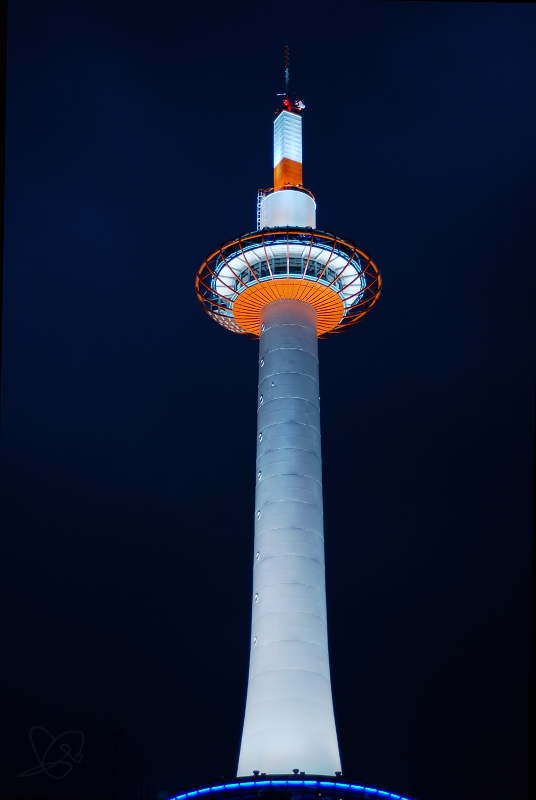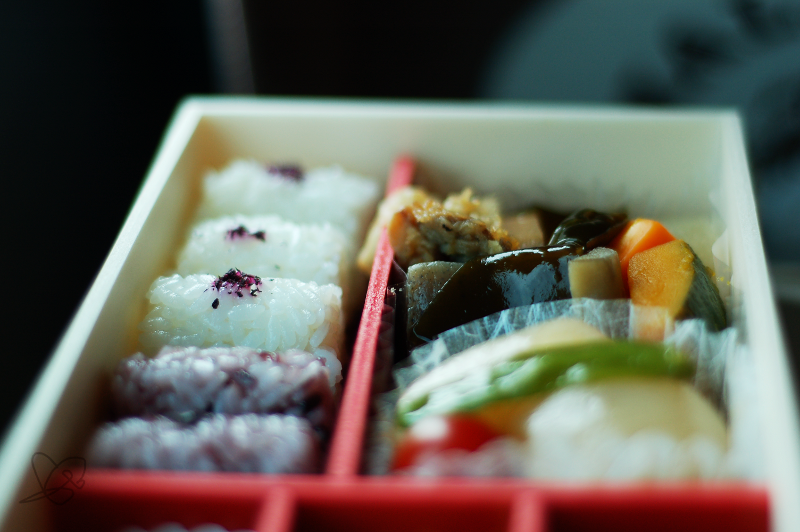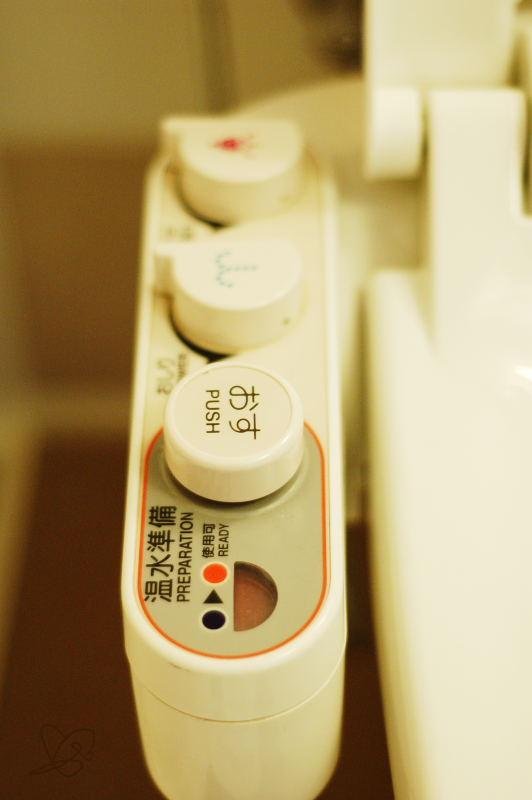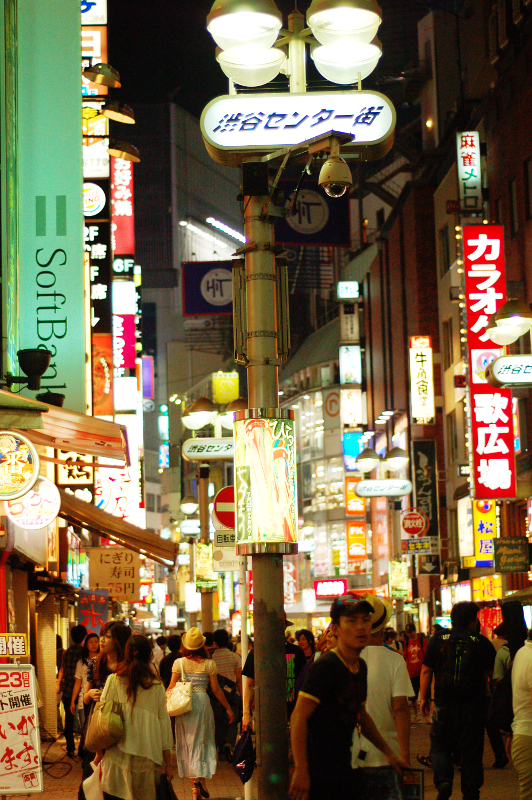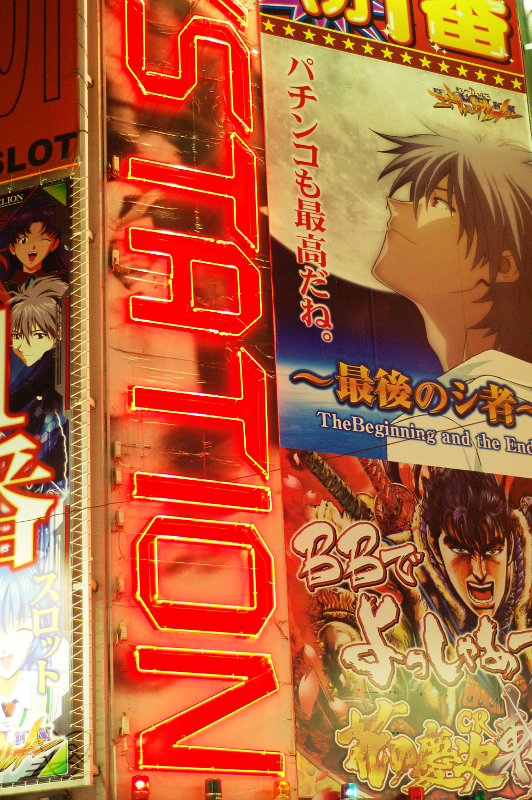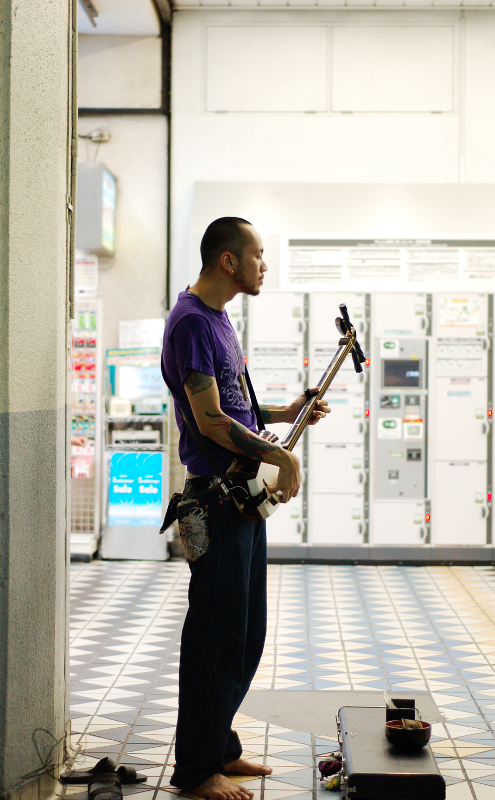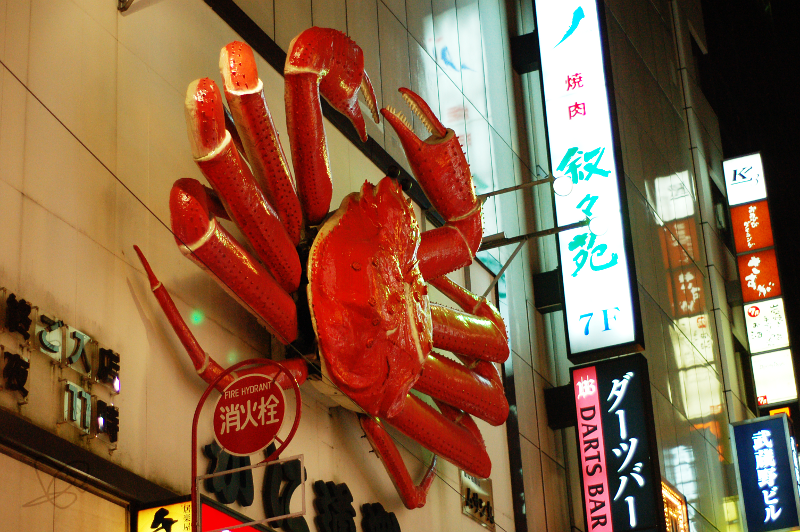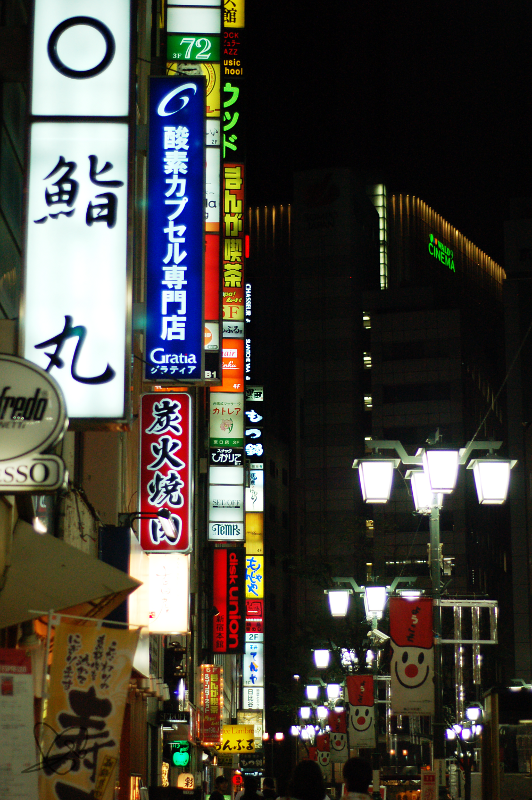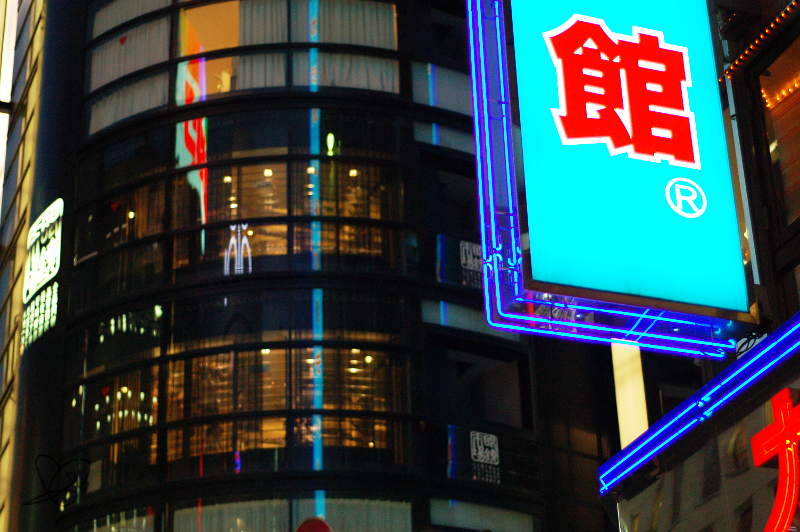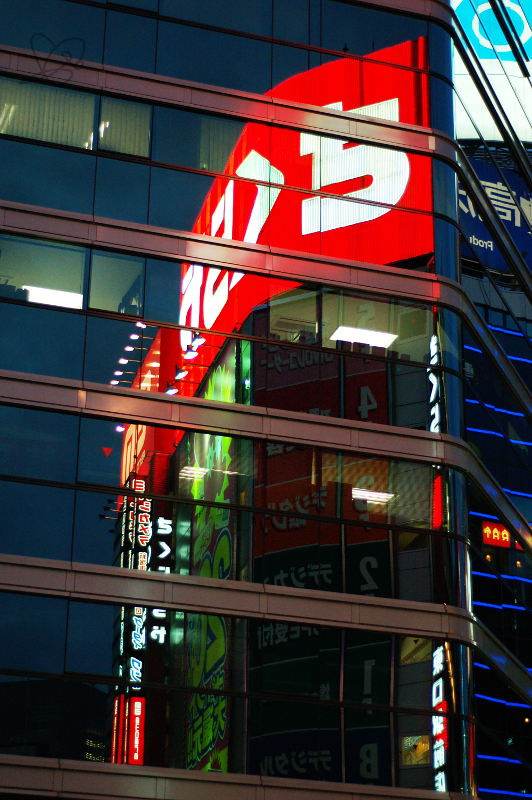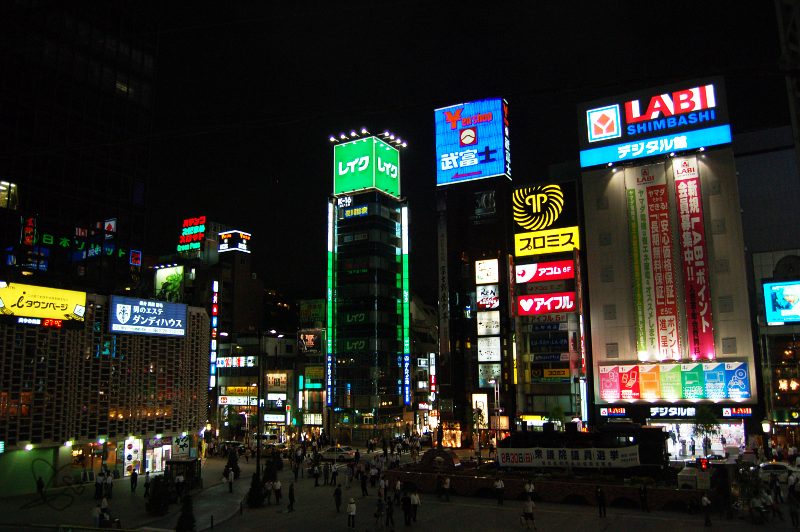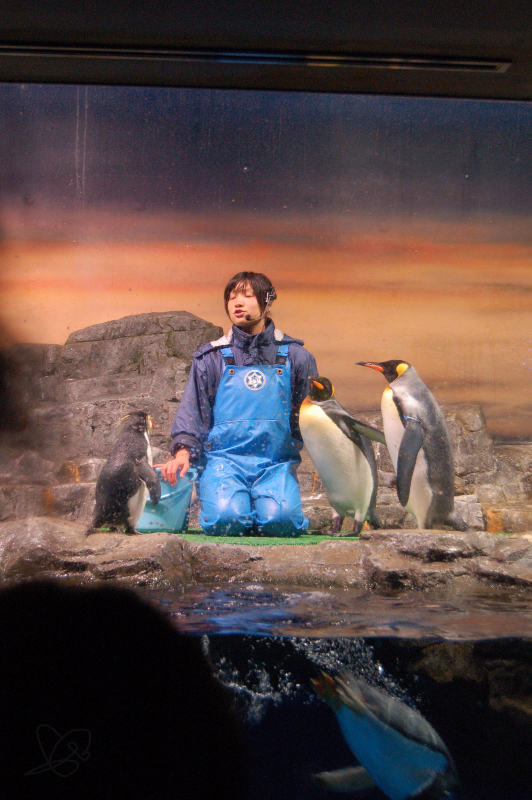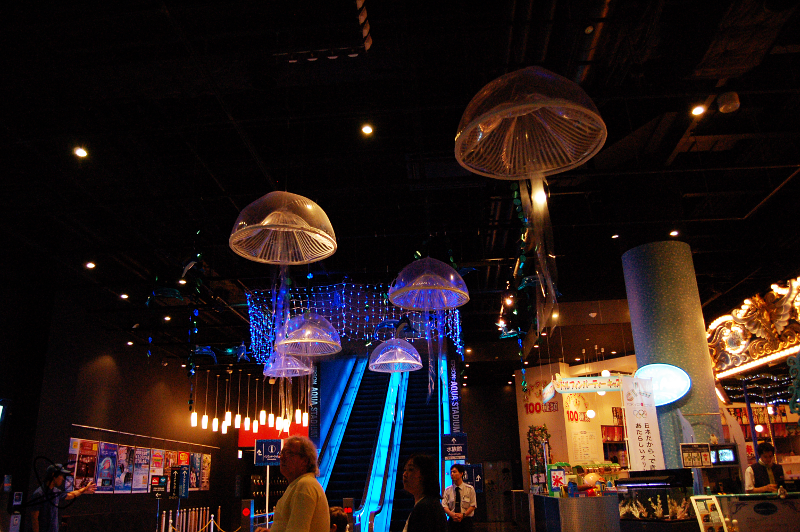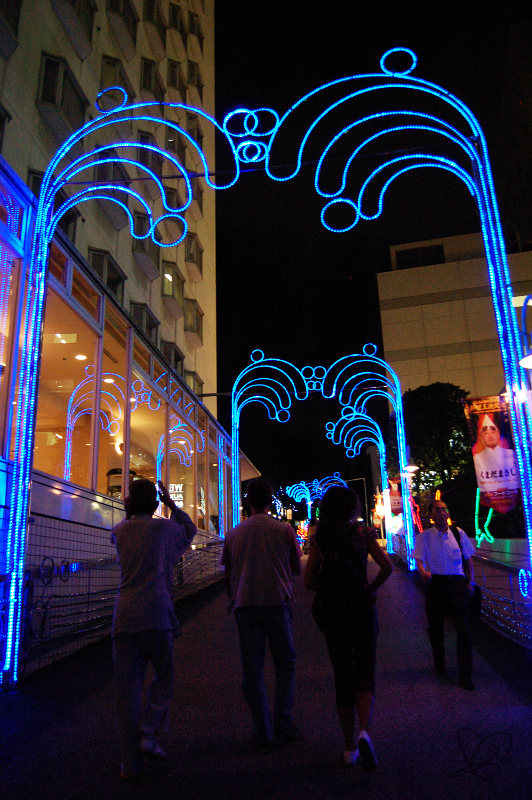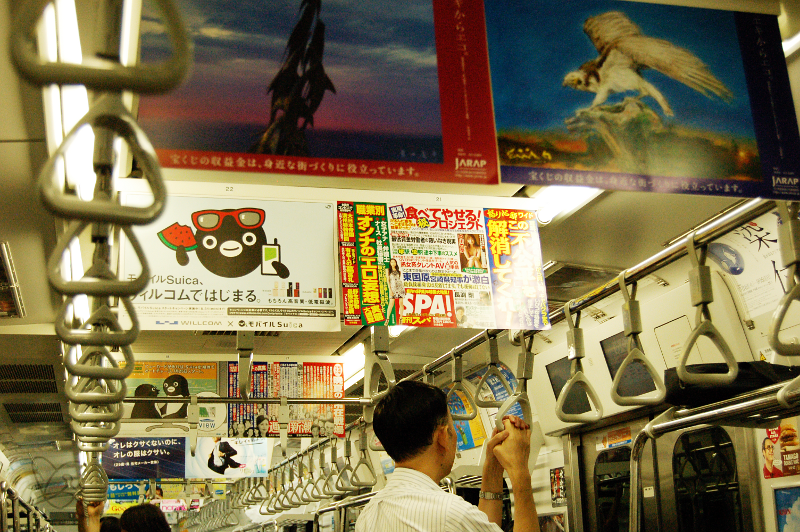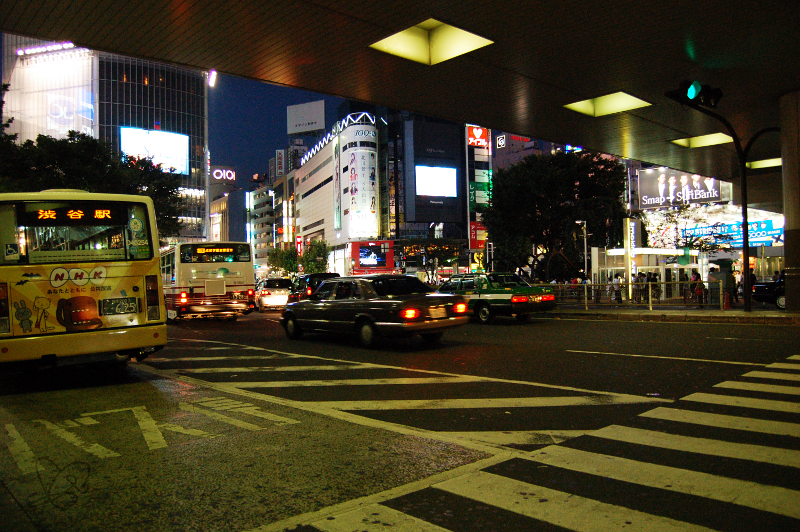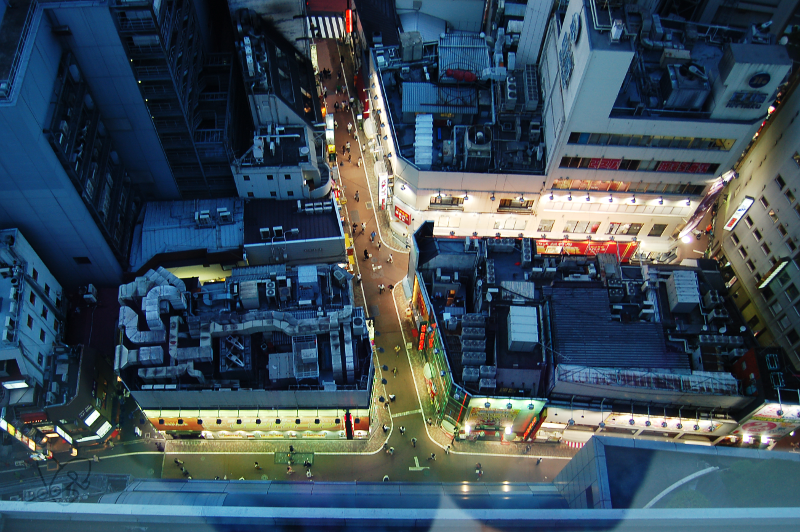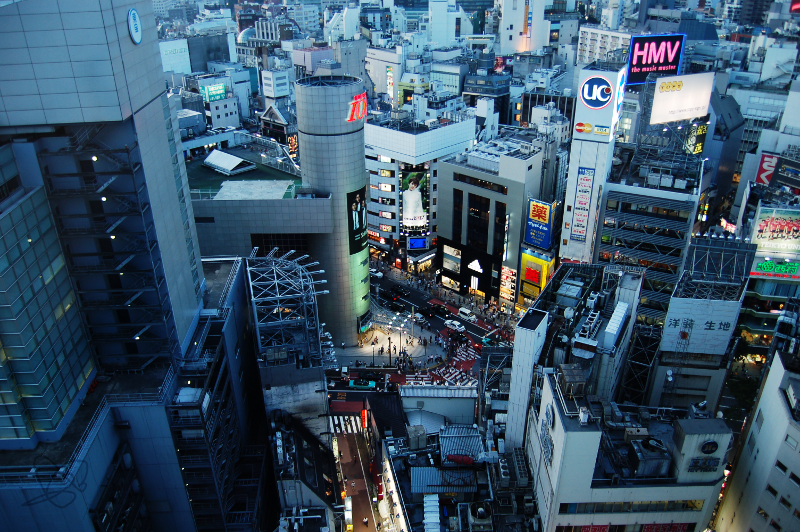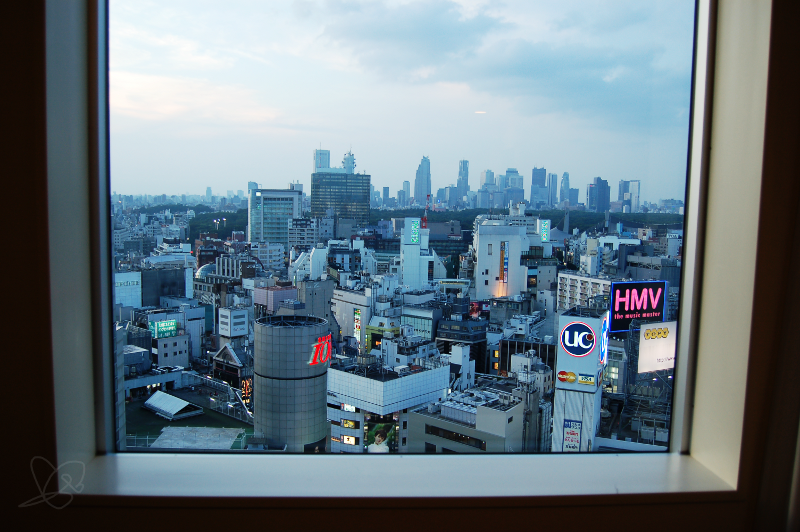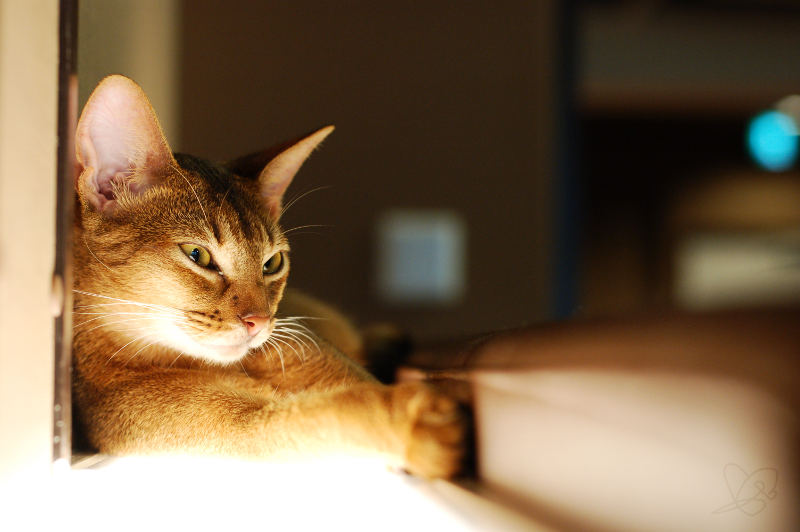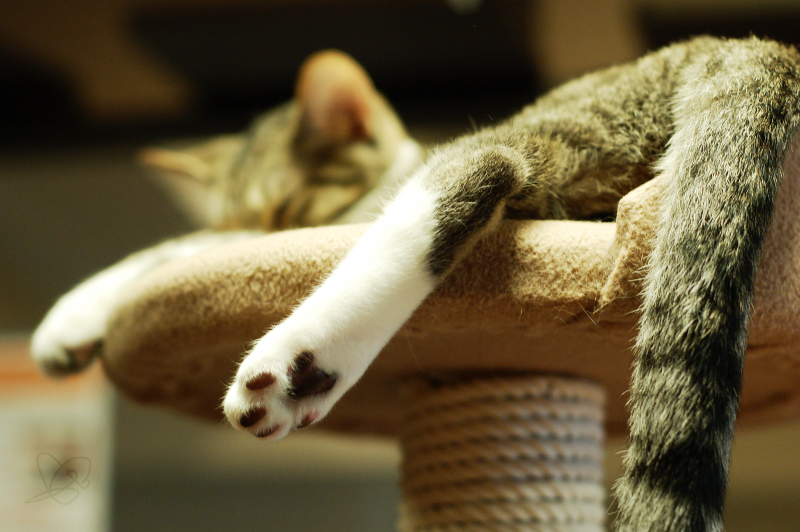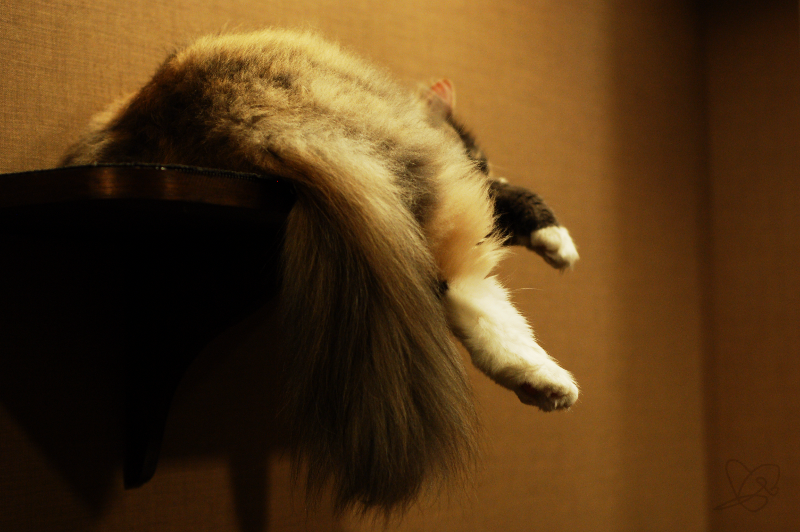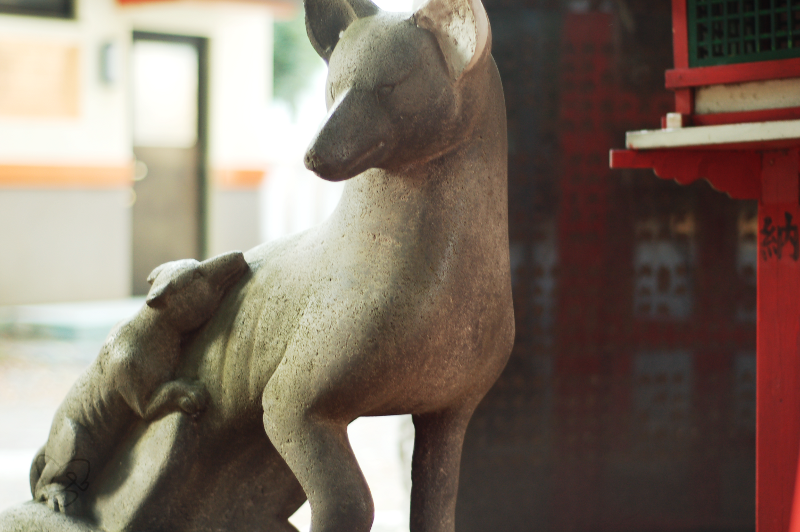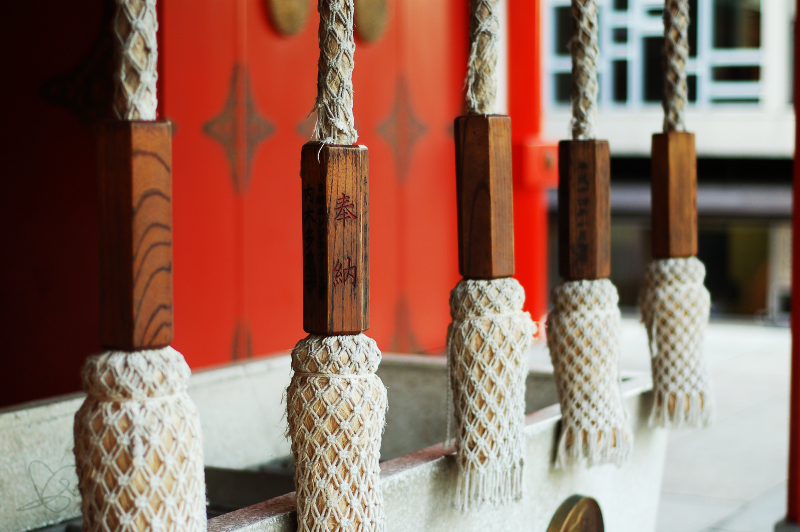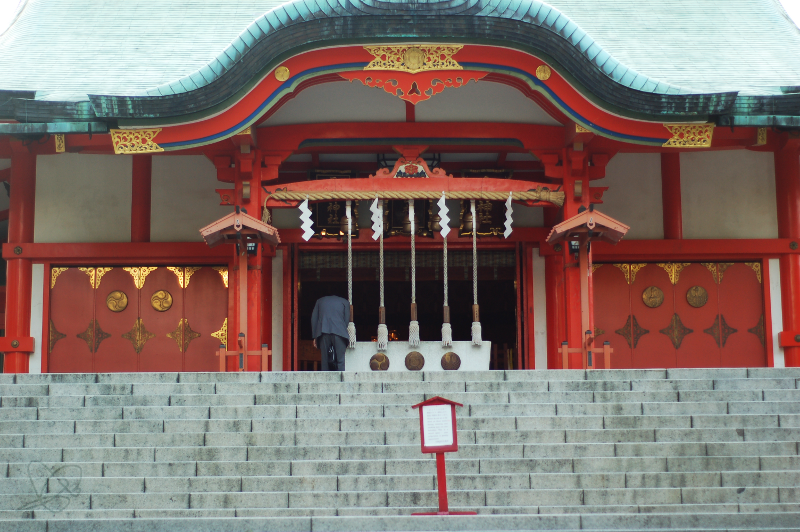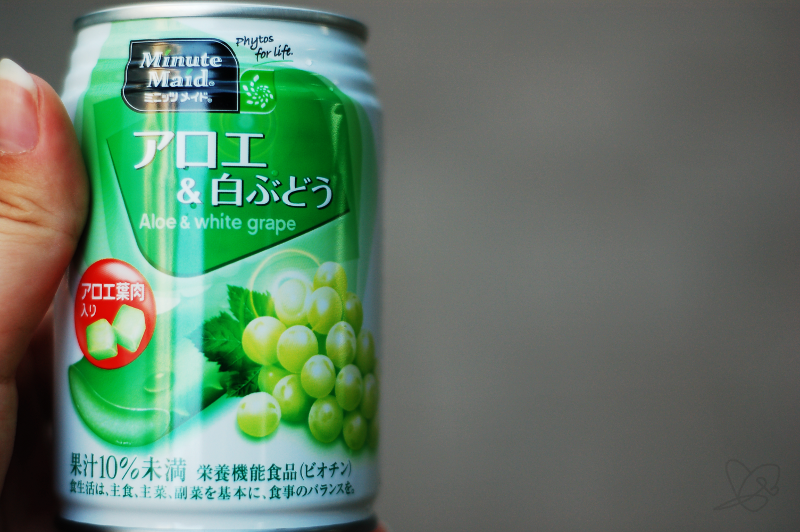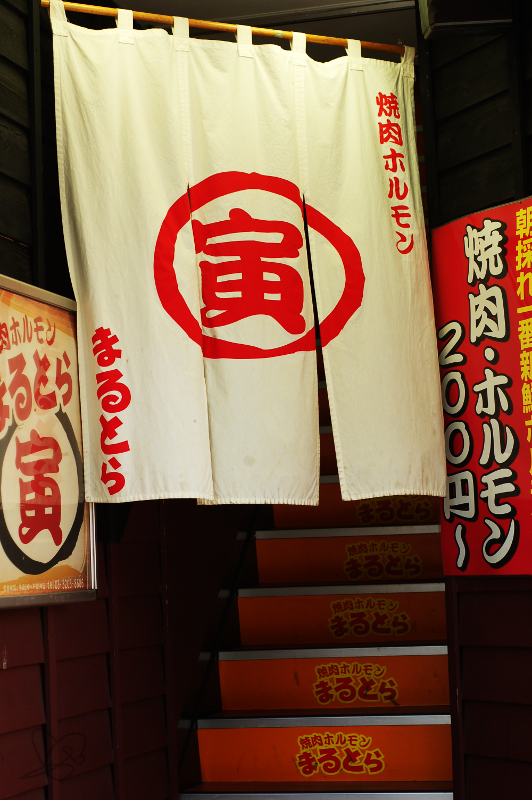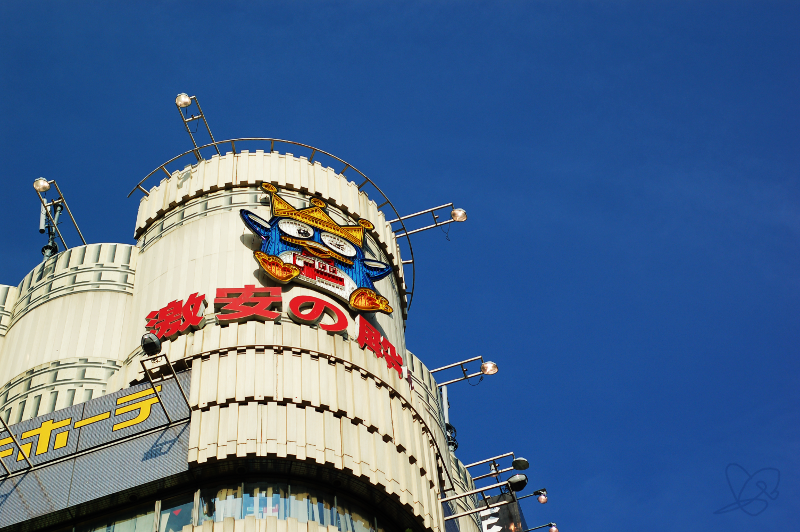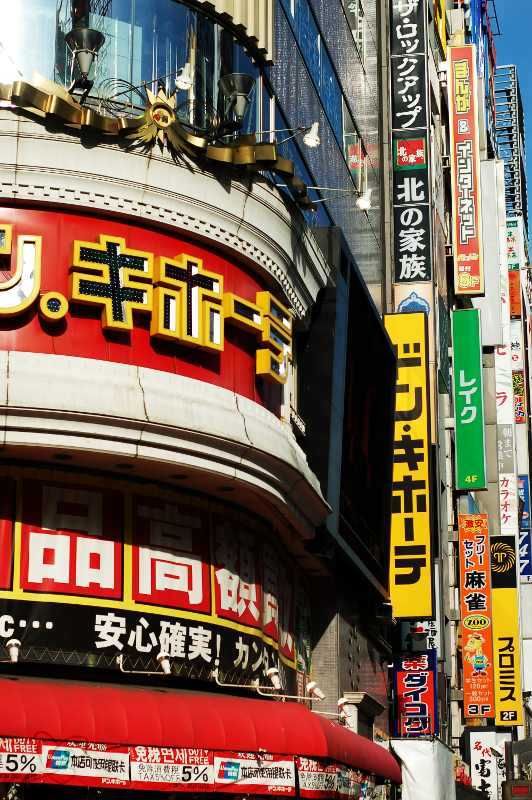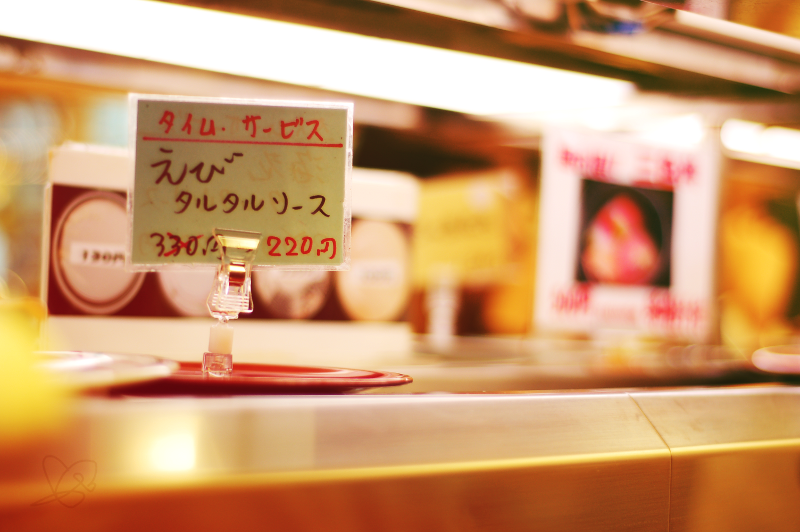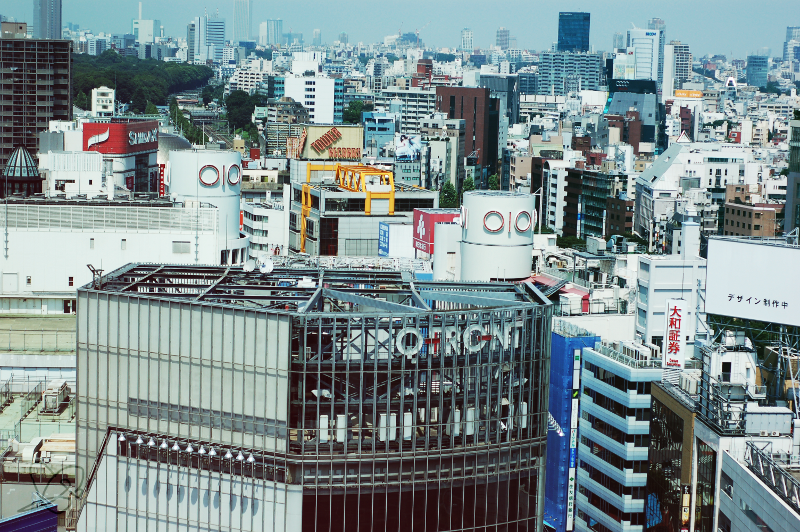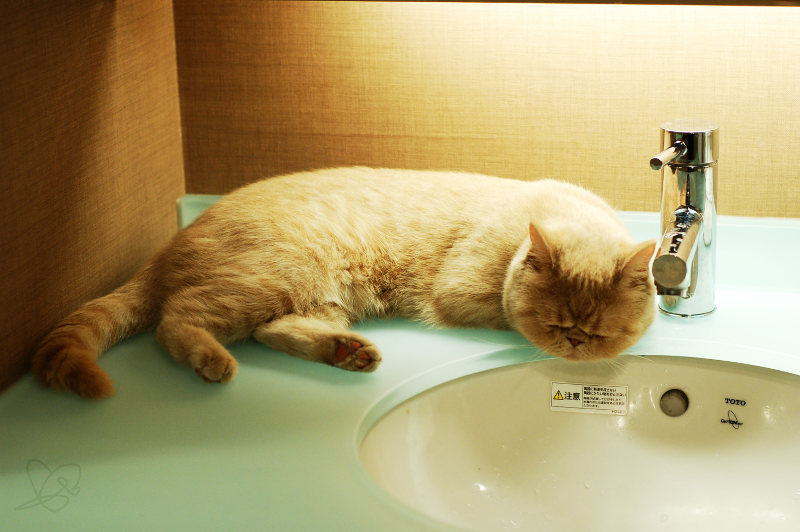
The Shinjuku branch of Calico (or きゃりこ) Cat Café is located on the 6th floor of the Fuji Building on Yasukuni Dori; for those who want to visit,
here's a handy map.
The entry fee is about ¥900 (7€), and allows you to relax in a room full of supercute kittens for an hour.
For those of you who are concerned about the welfare of the kitties, don't worry: there are strict rules of conduct for the customers.
Once you enter and pay the fee, you are handed a list of instructions which you must follow, including removing your shoes and bags, placing them in a locker, and sanitizing your hands.
Only then are you allowed in the presence of the cats, who will most probably be pretending to nap in the most improbable and difficult-to-reach places: another rule states that customers cannot disturb the cats if they are sleeping, cannot pick the cats up, and are only allowed to play with them and stroke them only
if and
when they are willing to. Children are not allowed in the café either. Fair enough.
Most of the cats when I visited were very little amused by all the people shaking feather wands in their direction hoping to attract them to come and play. They were quite comfortable napping away and allowing the occasional pat on their head, and who could blame them?

